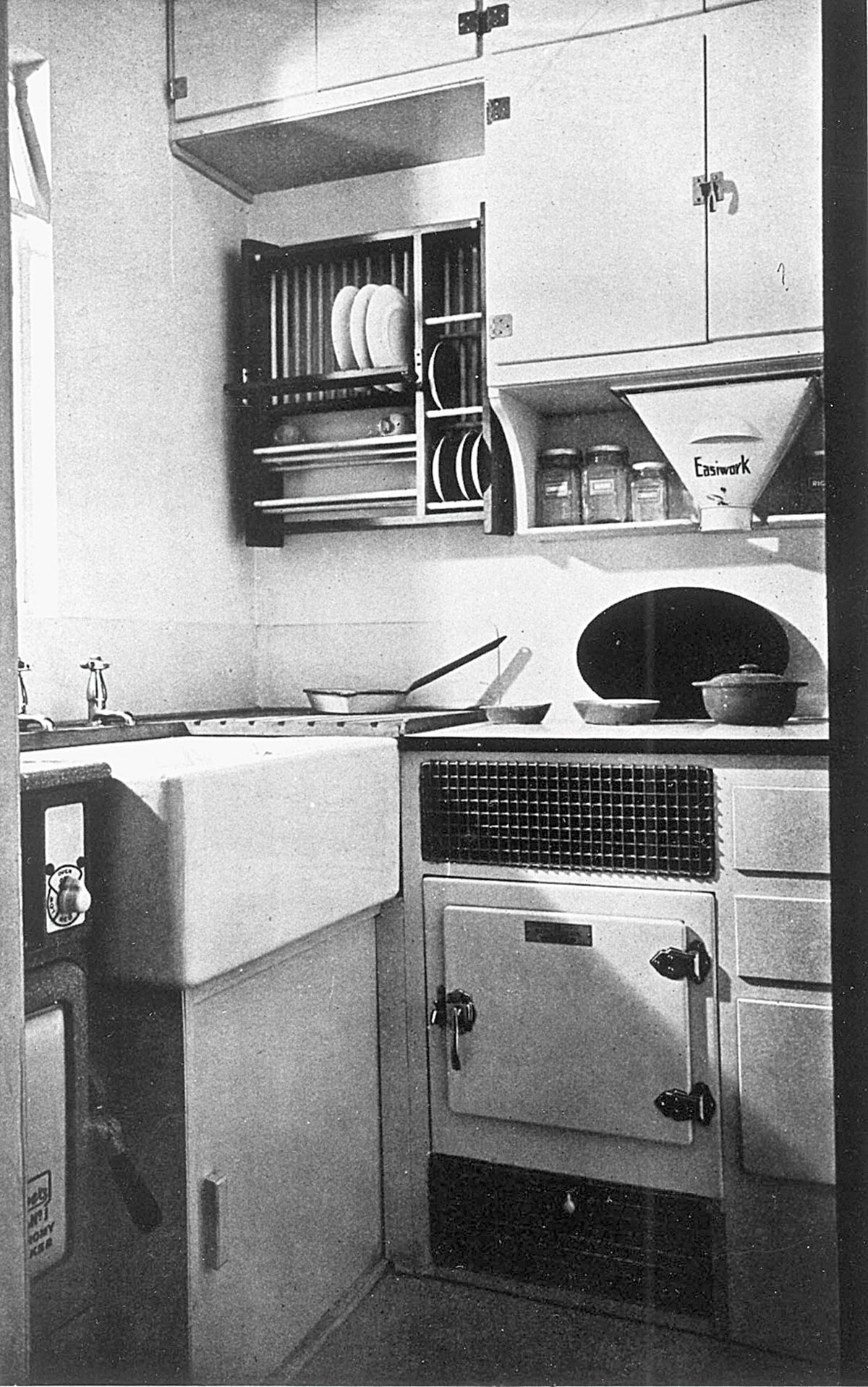A new book and exhibition on the Lawn Road Flats explore the early impact of the Bauhaus in Britain
Published to coincide with the centenary of the Bauhaus, ‘Isokon and the Bauhaus in Britain’ explores one of its most notable byproducts. Commissioned by Jack and Molly Pritchard and designed by Wells Coates, Lawn Road Flats in Hampstead, north London, pioneered new Bauhaus-inspired ideas for living, and in fact became a refuge for Bauhaus professors Walter Gropius, Marcel Breur and László Moholy-Nagy when they fled Nazi Germany in the mid-1930s.
Top: the Pritchards’ penthouse flat, furnished with Isokon designs while it was the home of co-author Magnus England (ph: The Modern House, 2016).
Above: the building today, with Isokon Gallery, which opened on its 80th anniverary, in 2014 (phs: Chris Baker, Tom de Gay).
Known as the Isokon Building, the flats were also home to notable figures such as Agatha Christie, and were visited by a panoply of luminaries including Alvar Aalto and Le Corbusier. The book delves deep into the backgrounds of the Pritchards and maps their relationships with the many significant figures with whom they were in contact. It also details the design and construction of the building, as well as its later decline and resurrection, and showcases the work of the furniture company that Jack Pritchard founded (Isokon).
Ph: courtesy of University of East Anglia, Pritchard Papers
An exhibition at London’s Aram Gallery accompanies the publication of the book, and covers the building and Isokon furniture.
Isokon building kitchen (ph: courtesy of University of East Anglia, Pritchard Papers) and living room (ph: Edith Tudor-Hart, courtesy of Wolf Suschitzky).
‘Isokon and the Bauhaus in Britain’
Aram Gallery, London WC2B
Until 30 March 2019
‘Isokon and the Bauhaus in Britain’
Magnus Englund and Leyla Daybelge
Batsford, 240pp, £25




















